
Ingredient
Rose flavour
The Enchanting Essence of Roses
Rose flavor is derived from the petals of roses and offers a distinct floral taste with hints of sweetness. It is commonly used in desserts such as cakes, pastries, and ice creams, as well as in beverages like teas, cocktails, and flavored waters. Its vibrant aroma and delicate flavor make it a beloved ingredient in many cuisines around the world.
Origins and history
The use of roses in culinary applications dates back centuries, with evidence of their presence in ancient Persian, Indian, and Middle Eastern cuisines. Roses have long been associated with love, beauty, and luxury, and their essence has been used to create delightful flavors in both sweet and savory dishes.
Nutritional information
Rose flavor is low in calories and fat, making it a guilt-free addition to recipes. It also contains antioxidants and certain vitamins, providing potential health benefits. However, it is important to note that the nutritional content may vary depending on the specific product or formulation.
Allergens
May contain allergens such as pollen or floral extracts. Individuals with pollen allergies or sensitivities should exercise caution when consuming rose flavor.
How to select
When selecting rose flavor, opt for high-quality products that are made from natural rose petals or extracts. Look for reputable brands or sources that prioritize the use of organic or pesticide-free roses. Additionally, check the ingredient list to ensure that no artificial additives or preservatives are included.
Storage recommendations
To maintain the freshness and quality of rose flavor, store it in a cool, dark place away from direct sunlight. Avoid exposing it to extreme temperatures or moisture, as this can affect its flavor and aroma. If using rose petals, ensure they are completely dry before storing to prevent mold or spoilage.
How to produce
Rose plants can be grown in gardens or pots, making them accessible to amateur gardeners. They require well-drained soil, ample sunlight, and regular watering. However, it is important to research the specific variety of rose plant being cultivated, as some are more suitable for culinary purposes than others.
Preparation tips
When using rose flavor, start with a small amount and gradually increase to achieve the desired taste. It is a potent ingredient, and a little goes a long way. Rose flavor can be incorporated into various recipes, such as adding a few drops to frosting for a floral twist, infusing it into syrups or jams, or using it to flavor homemade ice creams or sorbets. Experiment with different combinations and proportions to find your preferred balance of flavors.
Substitutions
Lavender flavor, orange blossom water, or hibiscus extract can be used as substitutes for rose flavor, depending on the desired taste profile. Each of these alternatives offers its own unique floral notes that can complement different recipes.
Culinary uses
Rose flavor is commonly used in desserts such as cakes, cookies, macarons, and chocolates. It is also a popular choice for flavoring beverages like teas, lemonades, cocktails, and even savory dishes like curries or marinades. Its versatility allows it to be incorporated into a wide range of cuisines, from Middle Eastern to European and beyond.
Availability
Rose flavor is commonly available in regions where roses are cultivated, such as the Middle East, India, Europe, and parts of North America. It can also be found in specialty stores or online retailers that offer a wide range of culinary ingredients.
More ingredients from this category » Browse all

Extra hot flavour
Fiery Heat: Extra Hot Flavor
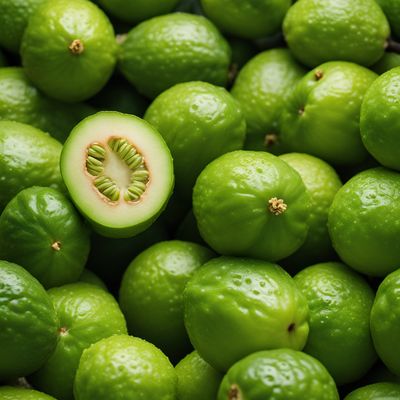
Feijoa flavour
The Exotic Essence: Unveiling the Enchanting Feijoa Flavor

Grenadine flavour
The Essence of Grenadine
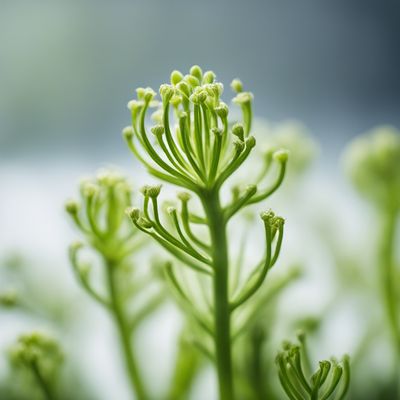
Fennel flavour
The Versatile Herb with a Licorice Twist

Gianduia flavour
Decadent Hazelnut Chocolate
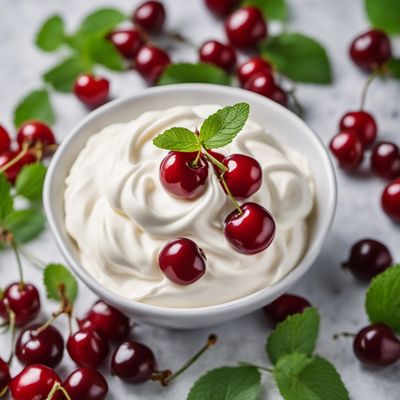
Sour cream cherry flavour
The Tangy Twist of Cherry Sour Cream

Hazelnut flavour
The Nutty Elixir
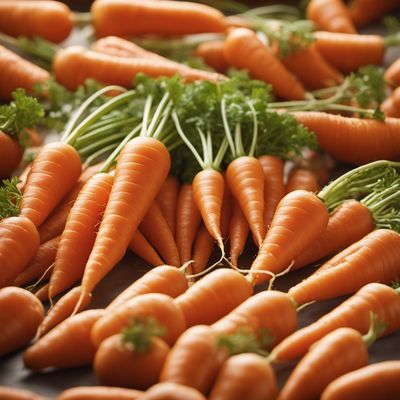
Carrot flavour
The Vibrant Essence of Carrots

Malt flavour
"The Golden Essence: Unveiling the Richness of Malt Flavour"
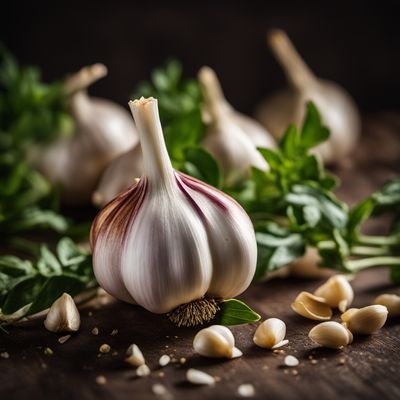
Herb & garlic flavour
Aromatic Harmony: Unveiling the Magic of Herb & Garlic Infusion

Muesli flavour
A Symphony of Crunch and Sweetness: Unveiling the Muesli Flavor
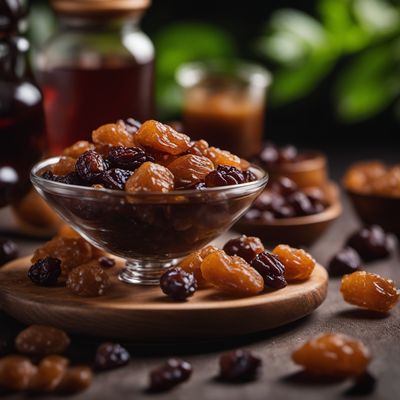
Rum-raisin flavour
The Irresistible Essence of Rum-Raisin